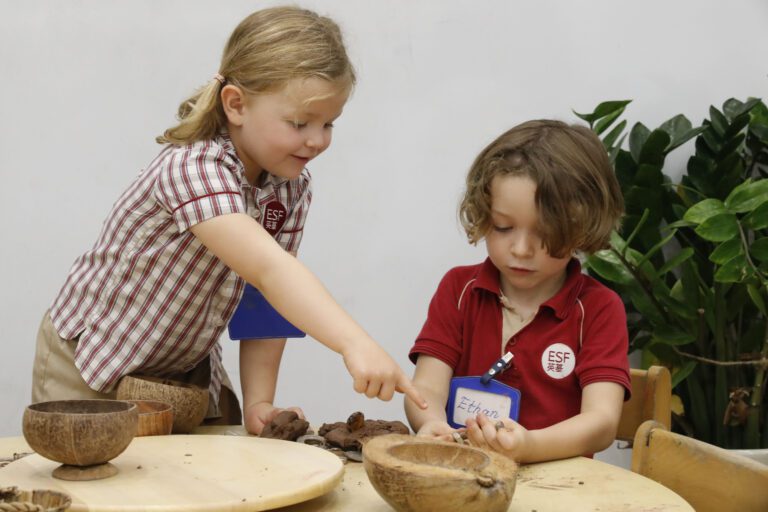Primary School
The next step, inspiring curious minds to question, problem solve, and care about their world.
Visit any one of our ESF primary schools and you will be met by friendly, caring and articulate students. Like our Kindergartens, our Primary Schools are awash with colour, laughter and high quality learning.
Our teachers understand each student’s strengths, their talents and what makes them unique. This is integral to nurturing each child’s confidence and happiness.
In Primary School, students continue to build on the fundamental skills that began in Kindergarten and apply these skills to learn about the world around them.
We want our students to care about themselves and others – their family, friends and communities – both local and global. Our students learn about real-world issues and understand the importance of taking principled action to tackle problems.

